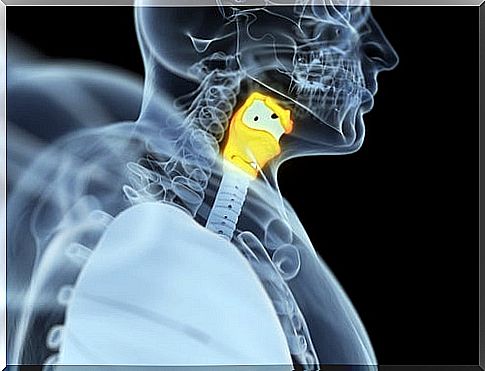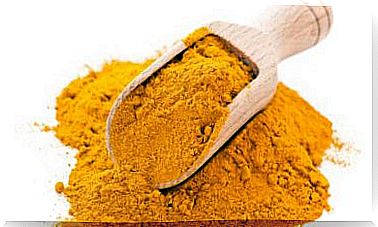What Is Negative Feedback?
The feedback negative is a control mechanism of the human body whose purpose is to balance the system and, if necessary, extend it , to reduce the effect of the actions occurred alterations and thus restore the original balance.
To get a simpler idea of how it works, let’s look at the following example of negative feedback:
- When blood glucose levels are very high, the pancreas secretes insulin.
- Insulin facilitates the absorption of glucose by cells.
- In this way, blood glucose levels decrease and return to normal.
What is homeostasis?
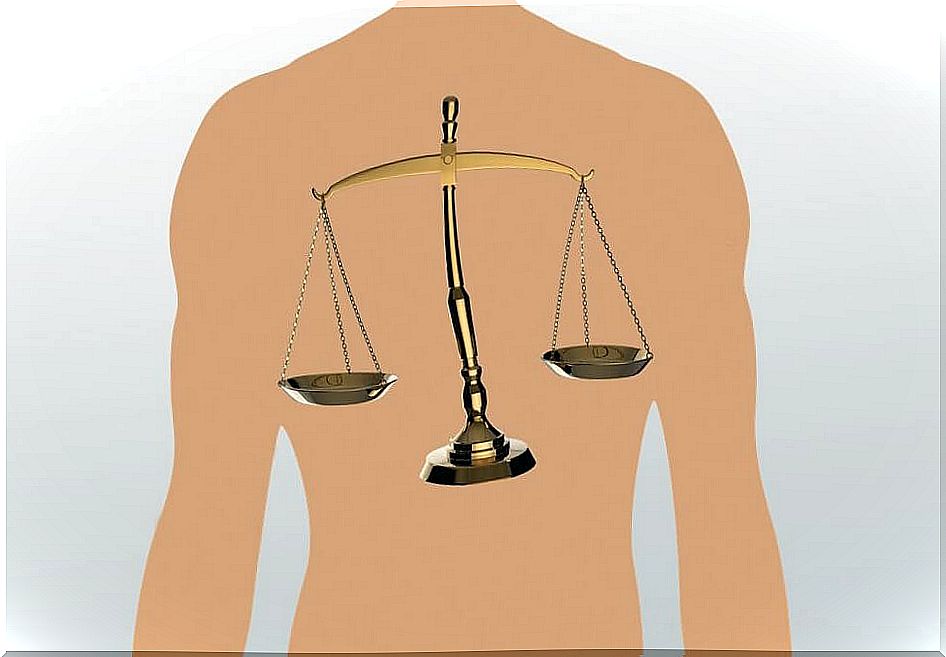
Homeostasis is the set of physiological processes of the feedback type that participate in the vast majority of mechanisms. Then, it is understood as the ability of any organism to maintain balance in the face of changes.
These changes or stimuli can be received, both from the external environment and the internal environment, that is why we can speak of that we feel pain or that we grow up to a certain age.
- In the homeostatic system we find the receptors, they receive the stimuli and send the information to the central nervous system (also known as the control center).
Why control center?
It is so called because it receives and analyzes stimuli and chooses the most appropriate response for them. The answer can appear in two ways:
- In the form of movement.
- Segregating hormones.
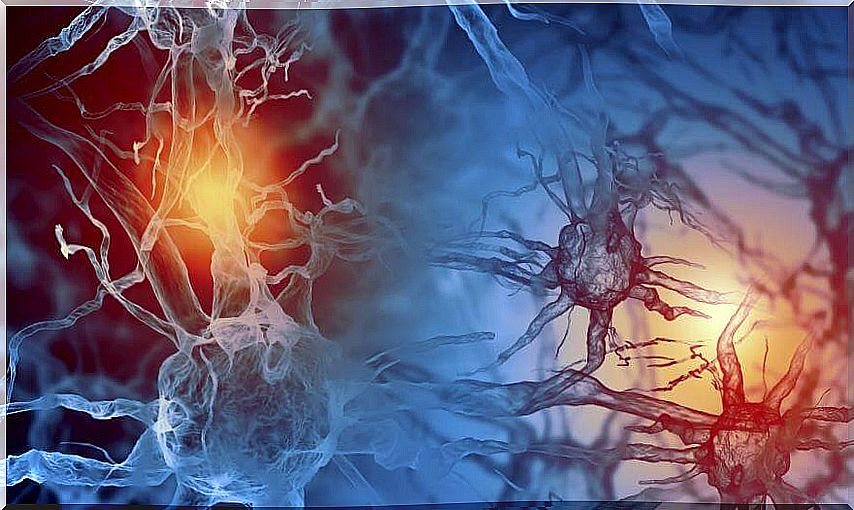
Ultimately, these feedback processes participate in certain chemical reactions, altering and modifying their results to keep the system balanced. We can distinguish between:
- Feedback or positive feedback .
- Feedback or negative feedback .
Positive feedback
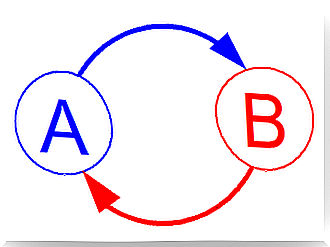
In feedback or positive feedback, more chemical reactions are triggered. What they do is reinforce and enhance the initial stimulus. We could identify it with “vicious circles”. The way to stop it is thanks to the action of an external agent that intervenes directly in the system.
For example, we find it in blood clotting processes.
- These stimulate other reactions.
- Thus we obtain an overproduction of fibrin.
- This reacts by preventing blood loss.
Therefore, we can say that they are based on enhancing the production of something so that overproduction acts by regulating our system.
Negative feedback
On the contrary, negative feedback processes aim to counteract or neutralize certain chemical reactions. Sometimes it works by decreasing a factor that has increased or decreased when it should not.
It is a very effective mechanism. That is why it appears much more frequently during homeostatic processes. We can find it in:
Maintaining body temperature (thermoregulation)

For example:
- When we are very hot, our body temperature rises and we sweat.
- Sweat evaporates, taking excess body heat with it.
- In this way we regain our normal temperature and then we stop sweating until further notice.

On the other hand, the opposite can happen to us:
- If we are in a cold environment our muscles begin to shiver.
- By contracting the muscles we release energy in the form of heat.
- This is how we can regain the proper body temperature.
In conclusion, feedback reactions or negative feedback would work like a thermostat in our body.
The digestion
For example:
- After eating and processing everything we have ingested, the level of glucose in the blood increases considerably.
- To lower those levels, the pancreas releases insulin.
- This is a hormone that helps lower blood sugar levels, fulfilling its goal.
- Once the normal blood sugar level is reached, insulin is stopped releasing until it is needed again.
The regulation of our metabolism and growth
In the central area of our brain we can find the hypothalamus. In this part, a hormone is produced that activates the production of thyroxine in the thyroid.
- The main function of thyroxine is the regulation of our body’s metabolism, as well as growth.
- Metabolism is basically a set of chemical and biological changes that occur in our cells.
Behavior on a psychological level

We also find these mechanisms when it comes to satisfying our most basic needs. For example:
- When our water level is below what is recommended, dehydration can occur.
- Our brain is responsible for transmitting that sensation to the nerve centers.
- Once we ingest water, that sensation is no longer produced and our body can function properly again.
In conclusion
The feedback negative is responsible for maintaining the balance of the body, trying to reduce the effects of external aggression.
In conclusion, it is all about defense mechanisms that alert the body that there is an imbalance. These work by helping the system to return to normal operation.
